This could be one of two things, and without seeing more samples it’s hard to know which. After reading this if you want to pursue it further you might send two or three shots showing foliage with more damage and some shots of the back side of the leaves. Here are the two options:
1. Insect damage. If this is caused by an insect it would be one that chews (as opposed to an insect that sucks plant juices) and there are several active in northeast gardens right now. Japanese beetles, Asiatic garden beetles and earwigs all do this type of damage. If this sample is the worst of it, and if it doesn’t get worse, this falls into the “acceptable level of damage” in a garden. (No garden is ever perfect. Let’s face it, it’s a jungle out there!) You might go out after dark with the flashlight app on your phone and look at this plant since most of the insects that chomp on leaves do so at night.
2. Fungal damage. Sometimes fungal damage resembles insect damage because as the tissue of the plant dies it falls away and looks very similar to a leaf that’s been munched. What makes me think that this could be fungal is the light spot with the dark edges on the leaf to the right, and the “water soaked” appearance of tissue around the hole in the leaf in the center. That has the look of a leaf-spot fungus. If it is fungal you’ll see other spots develop that first look yellow and/or water soaked, and then the tissue dries and falls away. Be sure that this plant isn’t getting hit with an automatic irrigation system, or that the leaves aren’t being watered frequently with a hose or sprinkler: frequent splashing of foliage with water is a prescription for leaf spot fungi.
So what to do? Here are your options: Monitor the plant and see if the problem continues. This is best done by marking some UNDAMAGED foliage with a twist-em or piece of yard and watching to see if it remains undamaged. Remove the worst of the damaged leaves to make monitoring easier as well. If the problem has stopped you can ignore it.
Secondly, if you find an insect that you suspect is doing the damage (see more than one so you know you’re not “framing an innocent bystander”) take that bug into your local garden center and decide on the treatment that suits you best.
Third, if you think it’s fungal there are several organic fungicides that would help protect the rest of the plant including sulfur, copper and beneficial bacterias in products such as Serenade and Actinovate. Only spray the plants effected since you don’t want to kill off all the good fungi in your garden. The same with the insecticide: there are more “good guys” in your landscape (insects and fungi) than “bad guys” and you don’t want the beneficials to fall from “friendly fire.” So to speak.
Send more photos if you wish to pin things down further.
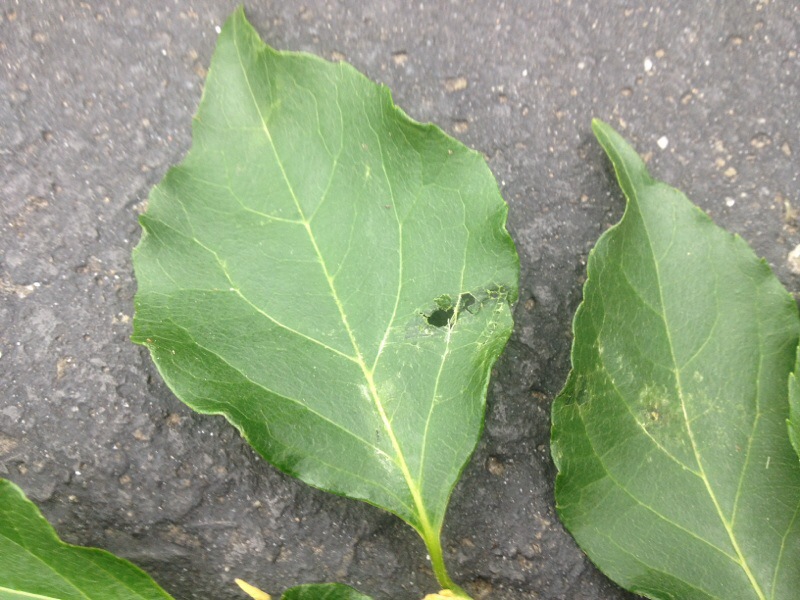
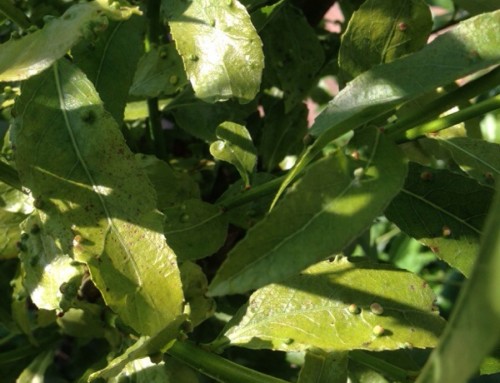
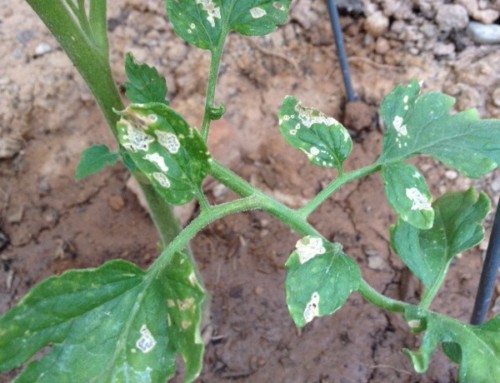
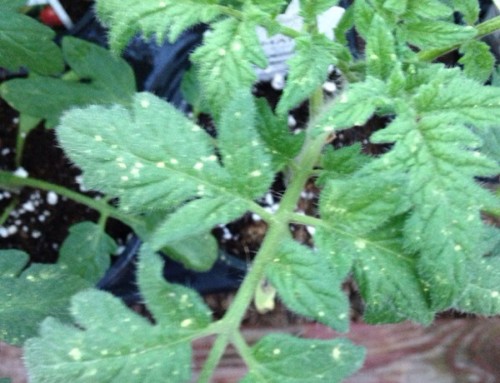
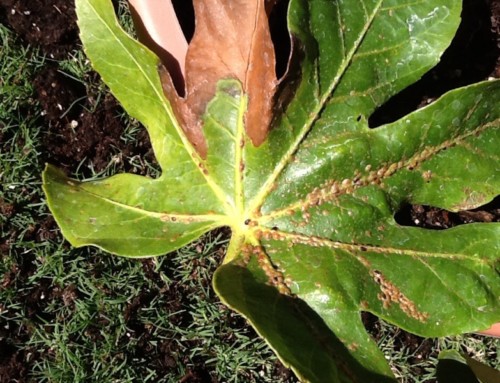
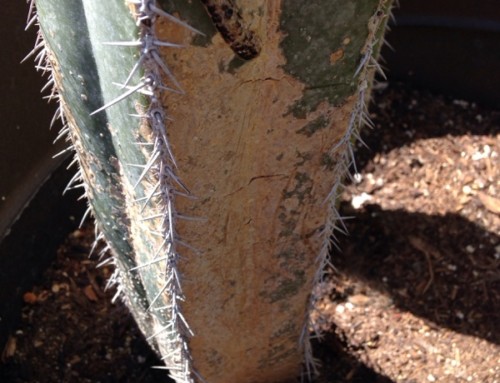
Leave A Comment